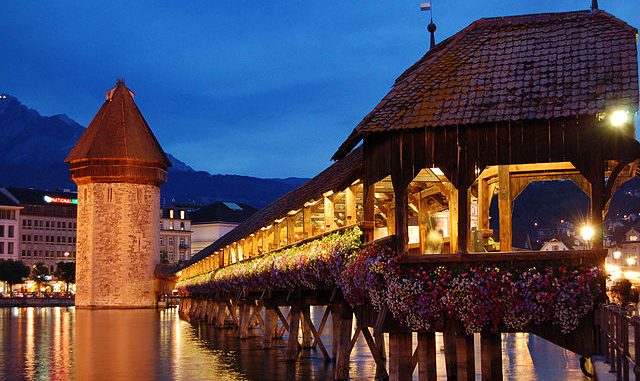
Situated in the shadow of Pilatus, one of the Berne Mountains, Lucerne (or Luzern in German), is a delightful city with plenty of things to check out, and a wonderful holiday destination to get away for a few days, leaving behind your daily routine and everyday worries.
Because it is located right in the center of Switzerland, the city is easily accessible from all parts of the country. Practically, it is just an hour away from the Swiss capital, Bern, and one hour from Zurich, so it can also be visited in just one day if you plan to spend your holiday in one of these two cities and don’t have a lot of time. However, Lucerne has a lot of tourist attractions and beautiful places, so it would be ideal to be explored for at least 3 days.
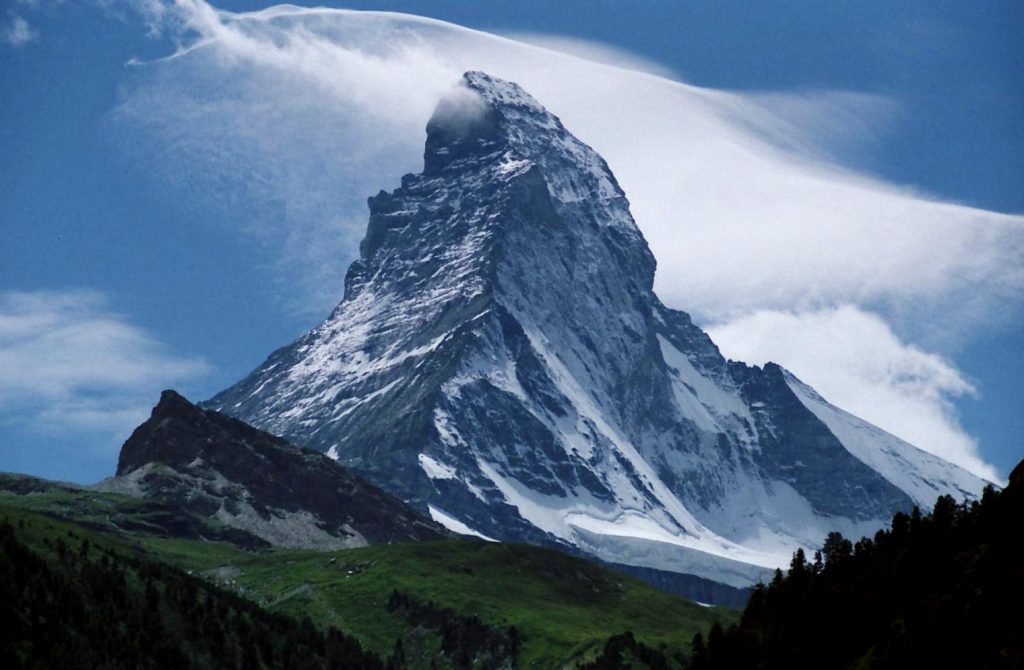
Here are the most important landmarks of this story destination.
Lake Lucerne. The image of this picturesque lake, with beautiful water and the Pilates Mountain snow-covered peaks in the background, is found in most Lucerne postcards. Known as the German Vierwaldstattersee, which translates into “four forest sites”, the lake is surrounded by four cantons – Uri, Schwyz, Unterwalden and Lucerne.
A great way to appreciate the beauties and the overwhelming size of the lake is to take a boat tour of Lucerne, with a wealth of historic boats, modern boats and yachts offering cruises on the lake.
Chapel Bridge and Spreuer Bridge. Undoubtedly, one of the most popular attractions in Lucerne is the Chapel Bridge (Kapellbrücke). Dating from 1333, the amazing medieval construction is just one of the many bridges across the Reuss River, but this is the most famous, thanks to its distinctive water tower with an octagonal roof.
The Old City. Probably the most charming part of Lucerne, the Old Town houses a number of medieval squares, cobbled streets and a host of boutiques, shops and cafés, many of them decorated with frescoes.
From here you can buy the most famous Swiss products: watches, military knives, chocolate, and many more. At the same time, from the shops in the Old Town you can buy souvenirs that will always remember you of this beautiful place!
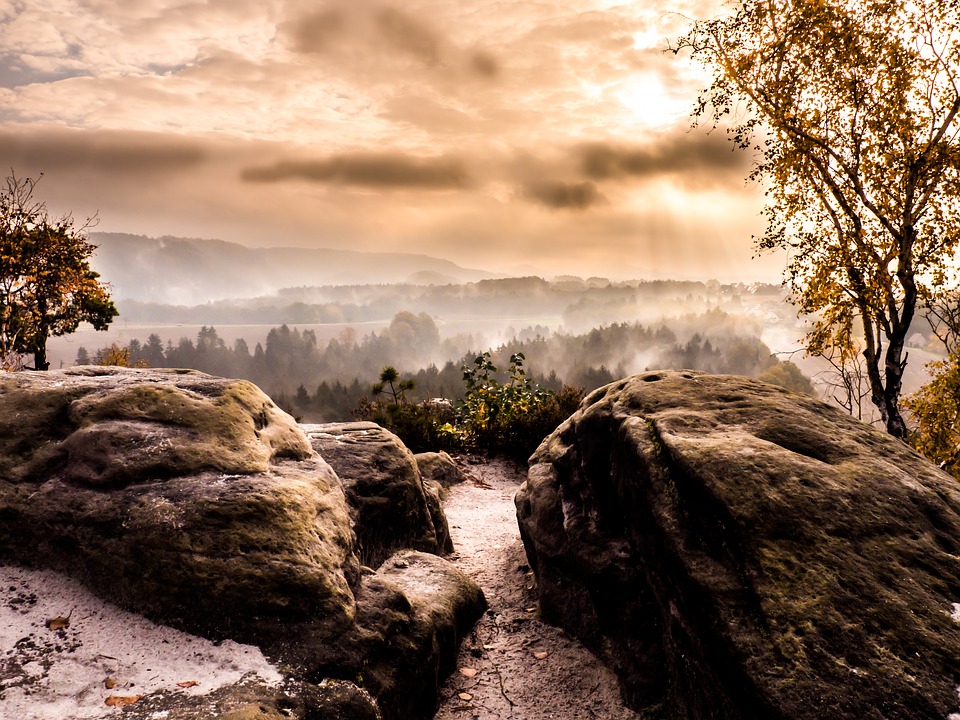
And during the summer, when the weather is friendly, cafés and terraces, especially those overlooking the lake, are full of locals and tourists hapy to relax in the bohemian atmosphere of the Old Town.
The Jesuit Church. Considered a true Baroque architectural jewel, the Jesuit Church of Lucerne was built in 1667 for Francis Xavier, one of the most famous Jesuits of the 16th century.
Because it has a seemingly simple exterior that features only the twin towers that dominate the horizon on the southern bank of the River Reuss, the church captures more attention with its interior, decorated in white marble with a lot of ornaments and frescoes.
The Swiss Transportation Museum. Right beside the Verkehrhaus lake, the Swiss Transportation Museum, teaches you transportation methods evolved! With a fascinating exhibition of airplanes, trains and cars, this museum is dedicated to the history of transport in Switzerland.
In addition, static and interactive displays, movie simulators and an IMAX cinema make this museum one of Switzerland’s most popular.
Mount Pilatus. At 2132 meters above sea level, Mount Pilatus offers great views of the city and the surroundings of Lucerne. The top of the mountain can be reached easily, through a cable car that takes you through spectacular landscapes and then to the top of Mount Pilatus in just a few minutes.
Going back to Lucerne, you will have the impression that you are transported to a medieval story. The cobbled streets, bridges over seven hundred years and the narrow alleys give visitors the feeling that nothing has changed much in this city in the last centuries. It’s a soothing feeling that makes you forget about the technological devices that keep our minds in most of the day, but especially about the worries you left home.
Lucerne is not only a destination filled with exciting tourist areas, but it is also a good place to relax and learn more about the history of the Middle Ages!

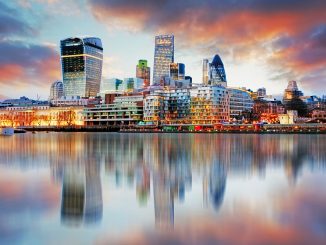
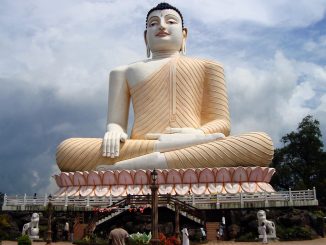
Be the first to comment